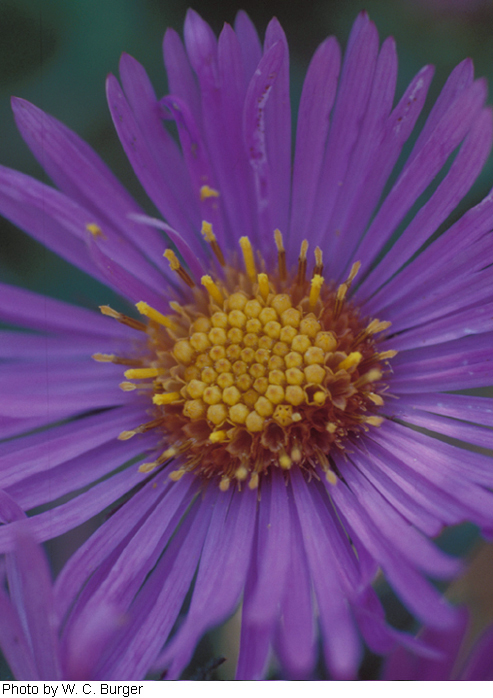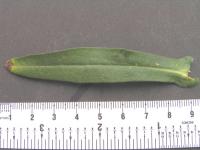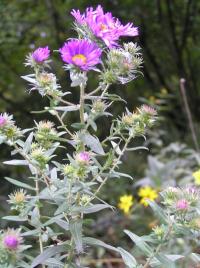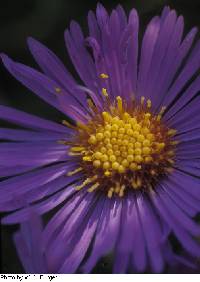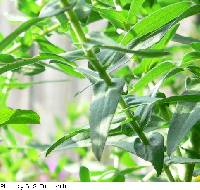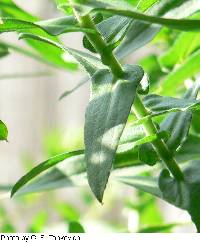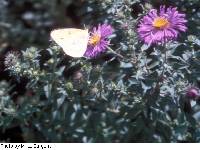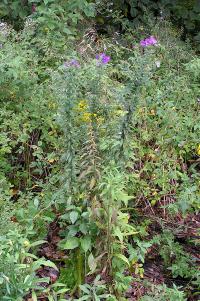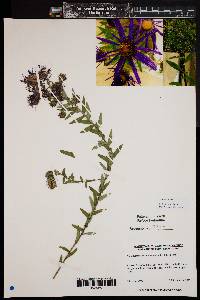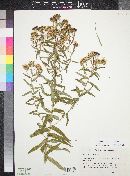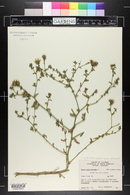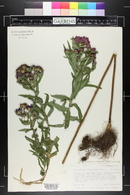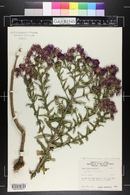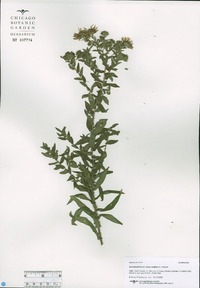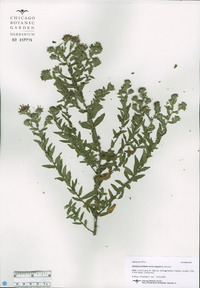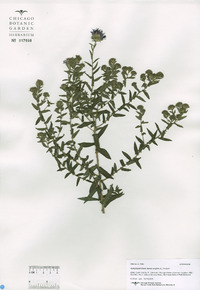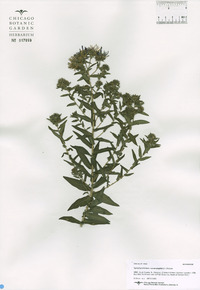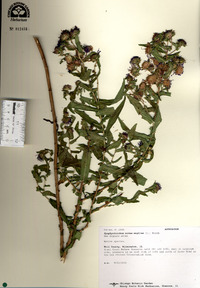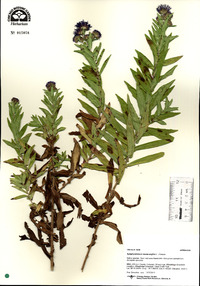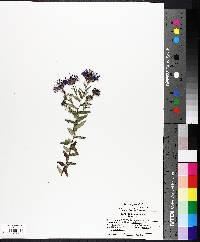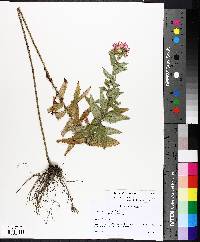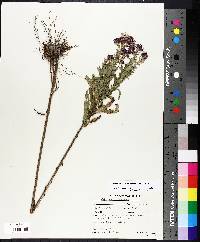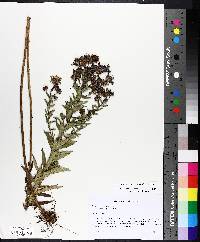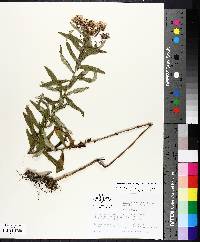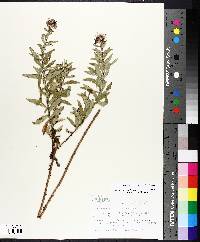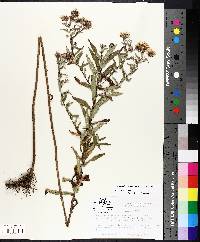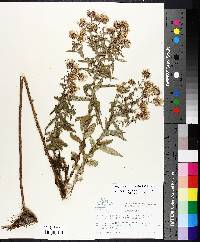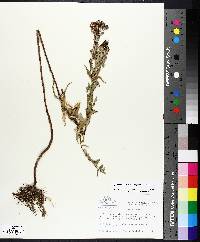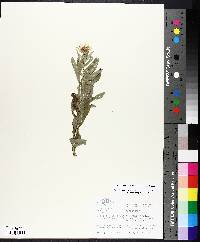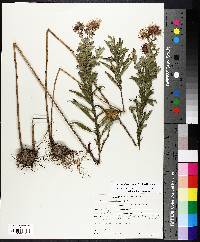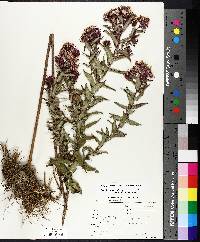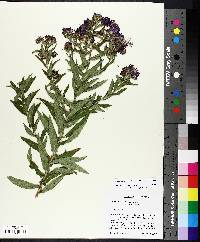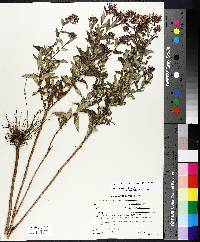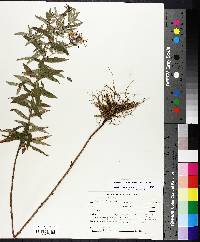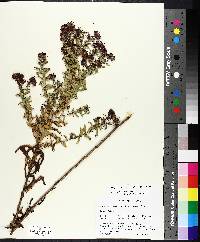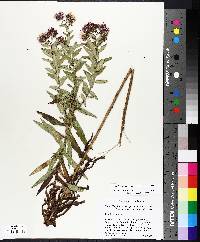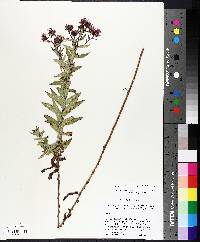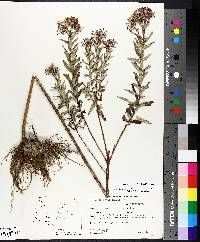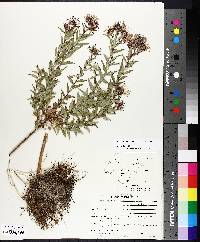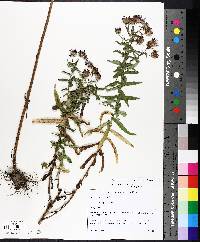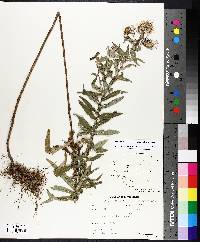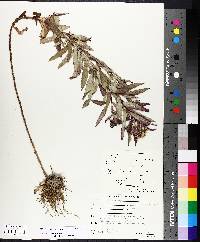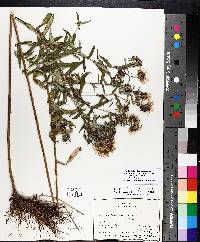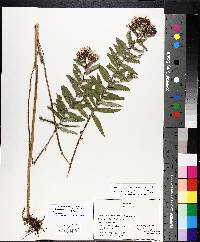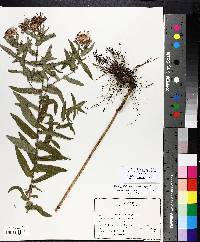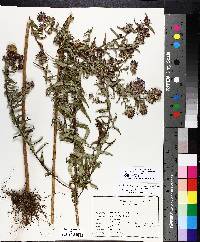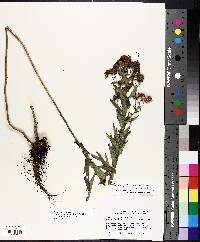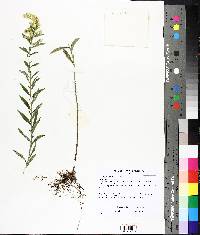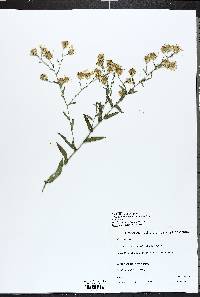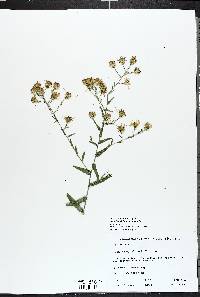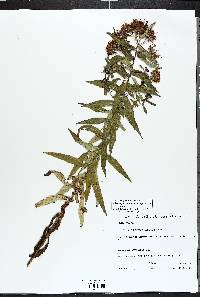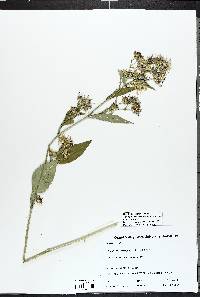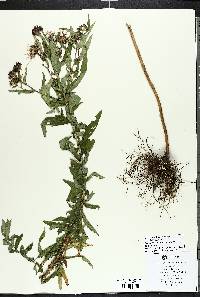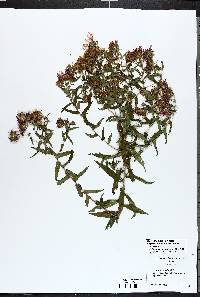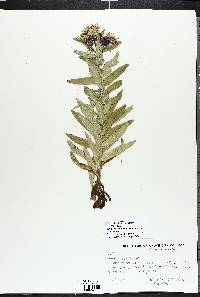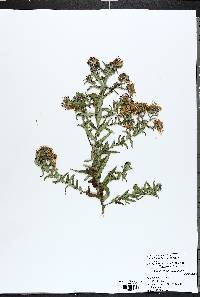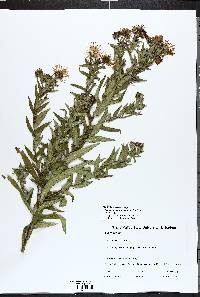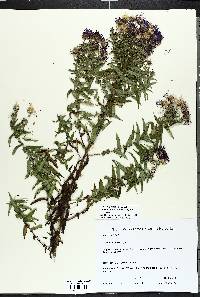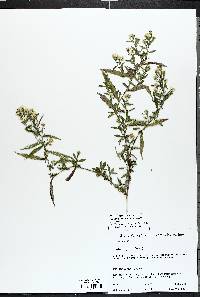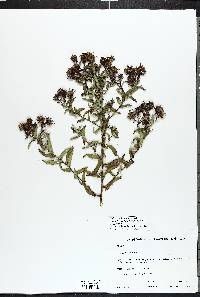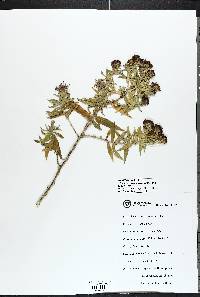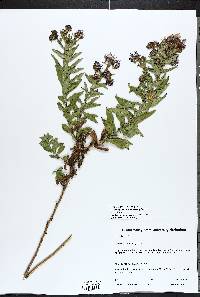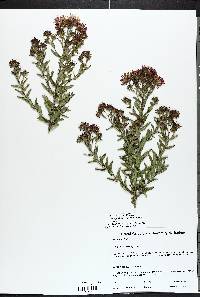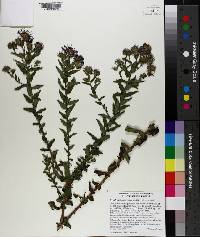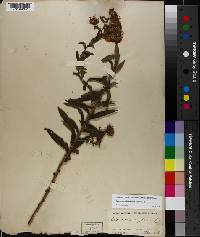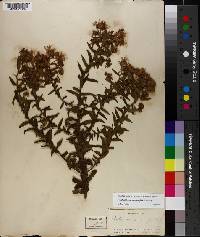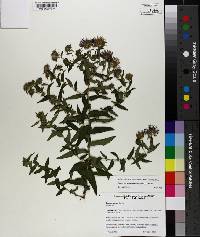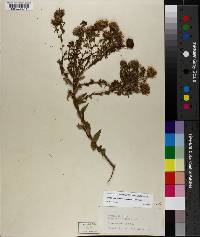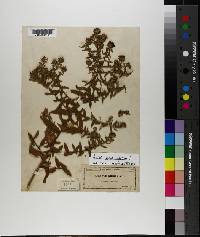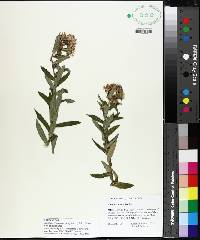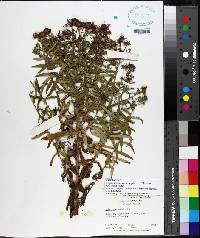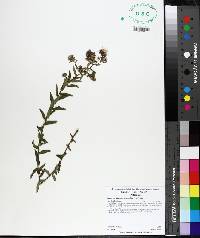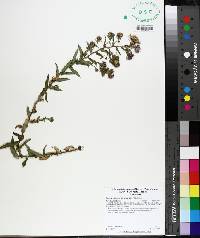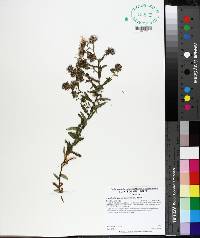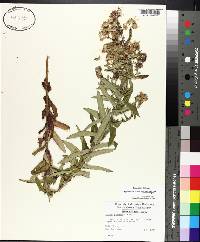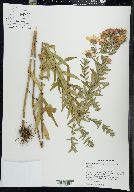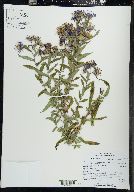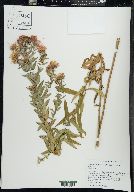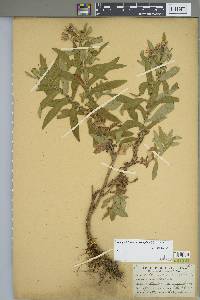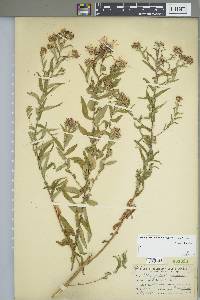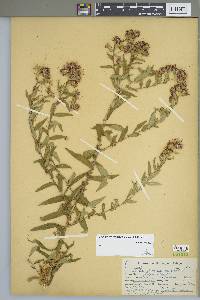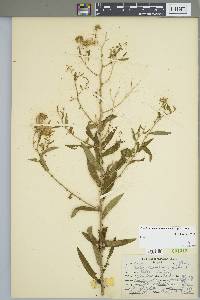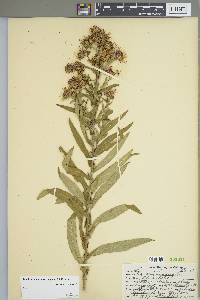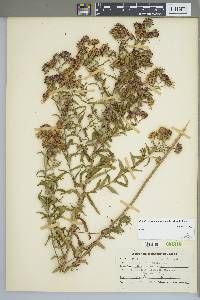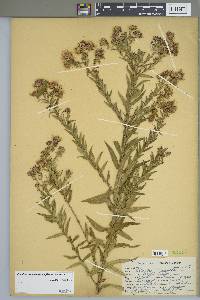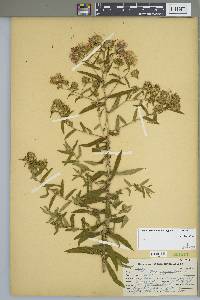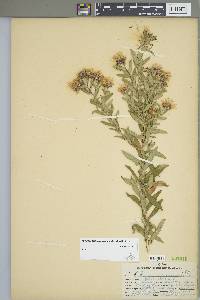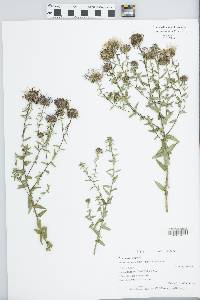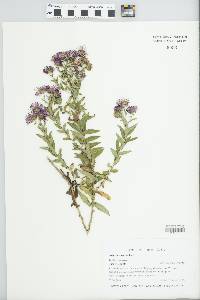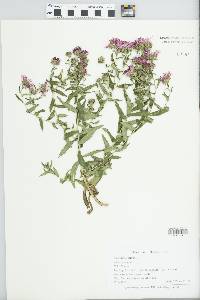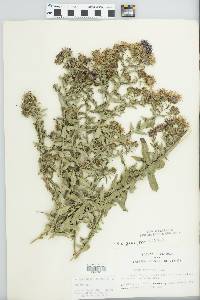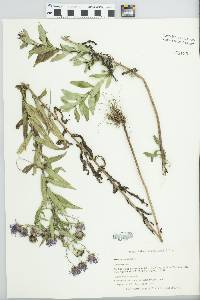Symphyotrichum novae-angliae
|
Symphyotrichum novae-angliae (L.) G. L. Nesom
 (redirected from: Aster novae-angliae f. geneseensis House) (redirected from: Aster novae-angliae f. geneseensis House) |
|
|
Family: Asteraceae
New England American-Aster, more...New England aster
[Aster amplexicaulis Lam., moreAster novae-angliae L., Aster novae-angliae f. geneseensis House, Aster novae-angliae f. roseus (Desf.) Britton, Aster novae-angliae var. roseus , Aster spurius Willd., Lasallea novae-angliae (L.) J.C.Semple & L.Brouillet, Virgulus novae-angliae (L.) J.L.Reveal & C.S.Keener] |
Perennials, 30-120 cm, cespitose; with thick, woody, branched caudices, or short, fleshy rhizomes, sometimes with woody cormoid portions. Stems 1-5+, erect (stout, light to dark brown, sometimes purplish distally), proximally sparsely to moderately hispiduloso-hirsute or pilose, distally moderately to densely so, stipitate-glandular. Leaves (light to dark green) thin, often stiff, margins entire or sometimes with shallow teeth, ciliate; basal withered or withering by flowering, sessile, blades (3-nerved) usually spatulate, sometimes oblanceolate, 20-60 × 5-15 mm, bases attenuate, apices acute, faces sparsely hirsute; proximal cauline withering by flowering, sessile, blades oblong or lanceolate, 50-100 × 5-15(-20) mm, bases auriculate-clasping, margins entire, pustulate-scabrous, apices acute, mucronulate, faces stipitate-glandular, abaxial thinly strigose, adaxial hirsute or hispidulous; distal sessile, blades oblanceolate, 30-80 × 6-15 mm, gradually reduced distally, bases auriculate-clasping, apices acute to obtuse, mucronate to minutely white-spinulose, faces moderately to densely short-soft-hairy, sparsely to moderately stipitate-glandular. Heads in leafy, often crowded, paniculo-corymbiform arrays. Peduncles dilated distally, 0.3-4 cm, densely short-hairy, stipitate-glandular, bracts 1-4, foliaceous, linear to narrowly lanceolate, densely short-hairy, stipitate-glandular, grading into phyllaries. Involucres campanulate to hemispheric, (5-)7-9(-15) mm. Phyllaries in 3-5(-6) series (dark green to purple-tinged), linear-lanceolate, subequal, outer foliaceous, mid and inner scarious in basal 1 / 3 - 1 / 2 , margins stipitate-glandular, apices long-acuminate to acuminate, spreading to reflexed or squarrose, faces glabrous, outer densely stipitate-glandular. Ray florets (40-)50-75(-100); corollas dark rose to deep purple (pale pink or white), laminae 9-13 × 0.8-1.3 mm. Disc florets 50-110; corollas light yellow becoming purple, (4-)4.5-5.5(-7) mm, tubes ± 1 / 2 narrowly funnelform throats (glabrous or thinly puberulent), lobes triangular, 0.4-0.7 mm. Cypselae dull purple or brown, oblong or obconic, not compressed, 1.8-2.5(-3) × 0.6-1 mm, 7-10-nerved, faces densely sericeous, sparsely stipitate-glandular; pappi tawny (barb tips sometimes rose-tinged), 4.5-6 mm. 2n = 10. Flowering Aug-Oct(-Nov). Open, moist to wet, sandy or loamy, rich soils, fields, prairies, meadows, marshy grounds, shrubby swamps, fens, shores, thickets, moist edges of woods, roadsides, railroad rights-of-way, somewhat weedy; 0-1600 m; Man., N.B., N.S., Ont., Que.; Ala., Ark., Colo., Conn., Del., D.C., Ga., Ill., Ind., Iowa, Kans., Ky., Maine, Md., Mass., Mich., Minn., Miss., Mo., Mont., Nebr., N.H., N.J., N.Mex., N.Y., N.C., N.Dak., Ohio, Okla., Oreg., Pa., R.I., S.C., S.Dak., Tenn., Utah, Va., Wash., W.Va., Wis., Wyo.; introduced in Europe. Symphyotrichum novae-angliae is escaped from cultivation and introduced in Montana, Oregon, Utah, Washington, and Wyoming, and has been reported as an ephemeral escape in British Columbia. It possibly escaped from cultivation elsewhere. The Michaelmas daisy is widely sold in the horticultural trade, where cultivars have been developed. Forms have been described that correspond to color genetic variants within natural populations {Aster novae-angliae forma roseus (Desfontaines) Britton; A. novae-angliae forma geneseensis House}; they are not recognized here. Symphyotrichum novae-angliae resembles Canadanthus modestus, but the ranges of the two do not overlap, and the latter has sparsely hairy cypselae with dark ribs. Symphyotrichum novae-angliae hybridizes with S. ericoides, forming the F 1 intersectional hybrid S. ×amethystinum.
Plants with a stout caudex and short thick rhizome, occasionally with creeping rhizomes as well; stems clustered, 3-20 dm, usually strongly spreading-hirsute at least above, and becoming glandular upward as well; lvs chiefly cauline, lanceolate, entire, 3-12 cm נ6-20 mm, sessile and conspicuously auriculate-clasping, scabrous or stiffly appressed-hairy above, more softly hairy beneath, or the upper lvs becoming glandular; heads several or many in a leafy, usually short infl, the invol and peduncles densely glandular; invol 6-10 mm, its numerous slender bracts about equal, often purplish, with chartaceous base and loose or spreading, attenuate tip, the outer sometimes a little
broader and more leafy; rays 45-100, usually bright reddish-purple or rosy, 1-2 cm; achenes densely sericeous or appressed-hirsute, their nerves obscure; 2n=10. Moist, open or sometimes wooded places; Mass. and Vt. to N.D. and Wyo., s. generally to DC., Tenn., Ark., and N.M., and in the mts. to Va., N.C., and Ala.; prairies in Ala. and Miss. A hybrid with A. ericoides has been named A. ءmethystinus Nutt. Gleason, Henry A. & Cronquist, Arthur J. 1991. Manual of vascular plants of northeastern United States and adjacent Canada. lxxv + 910 pp. ©The New York Botanical Garden. All rights reserved. Used by permission. From Flora of Indiana (1940) by Charles C. Deam This is a species of moist, rich soil and is found throughout the state. It is frequent to rather common in the northern part of the state, becoming infrequent or rare in the hill area of the southern part. It is more generally found in marshy places, along moist roadsides, and in prairie habitats. …… Indiana Coefficient of Conservatism: C = 3 Wetland Indicator Status: FACW |
|
|
|
